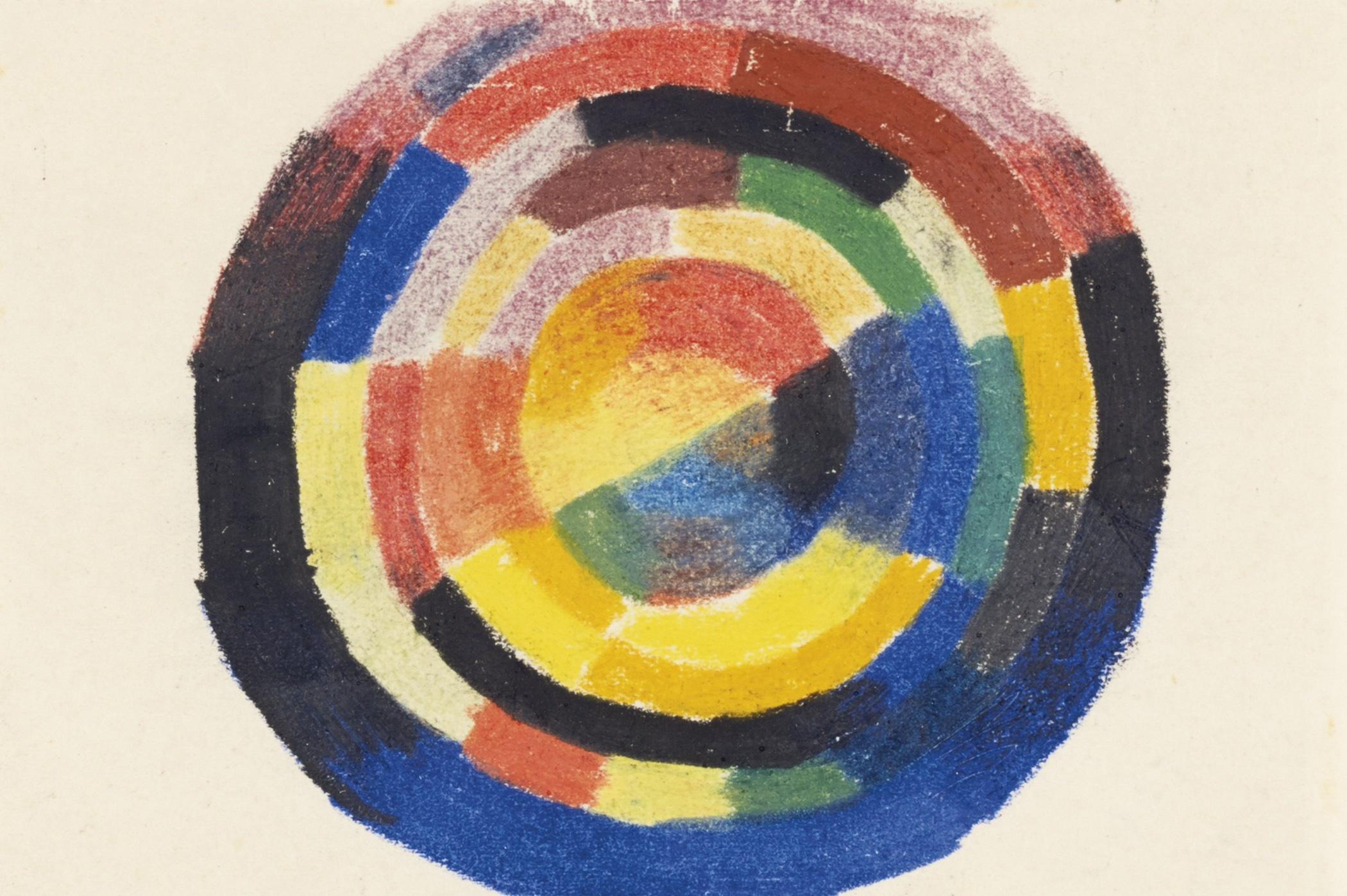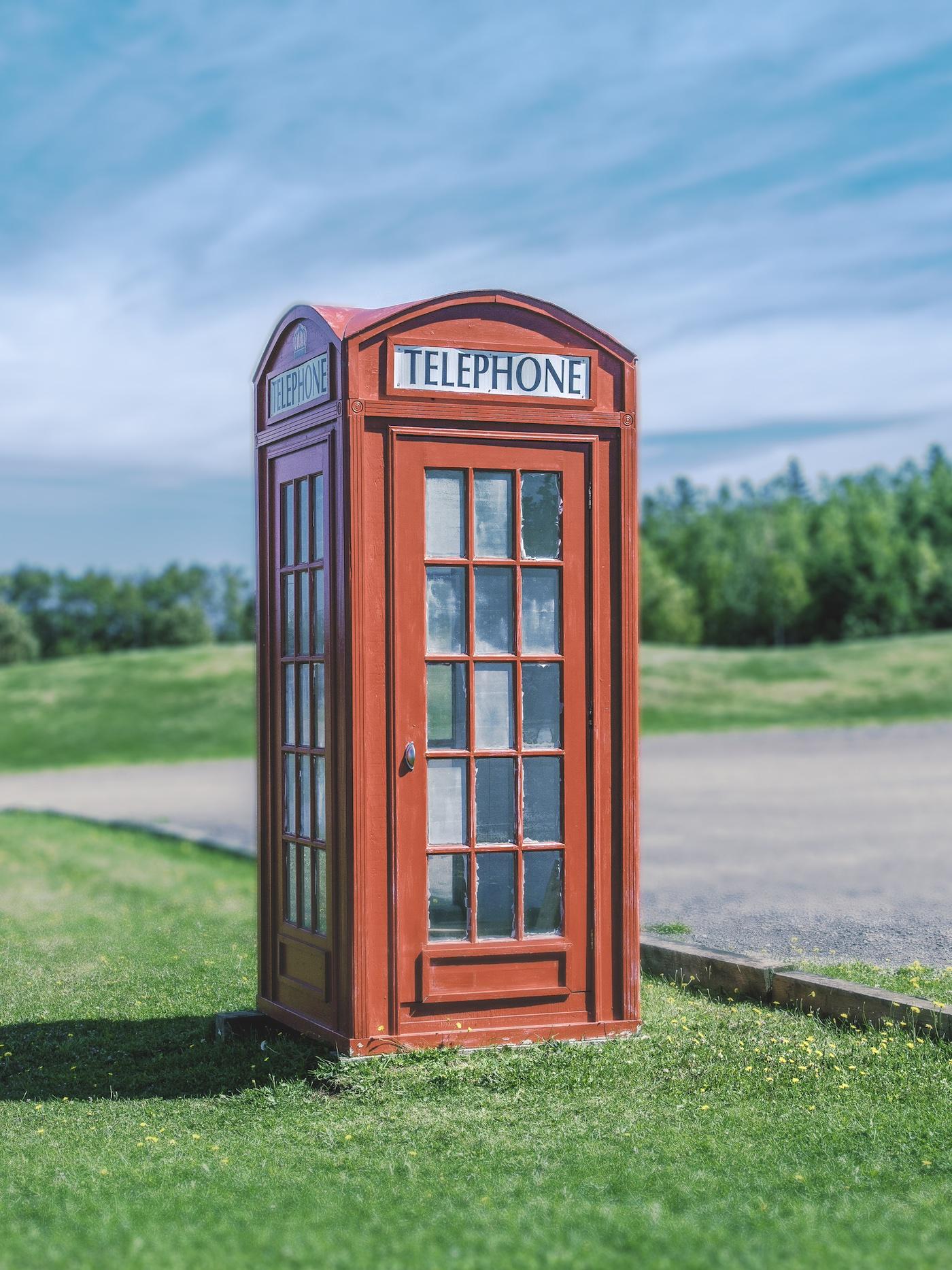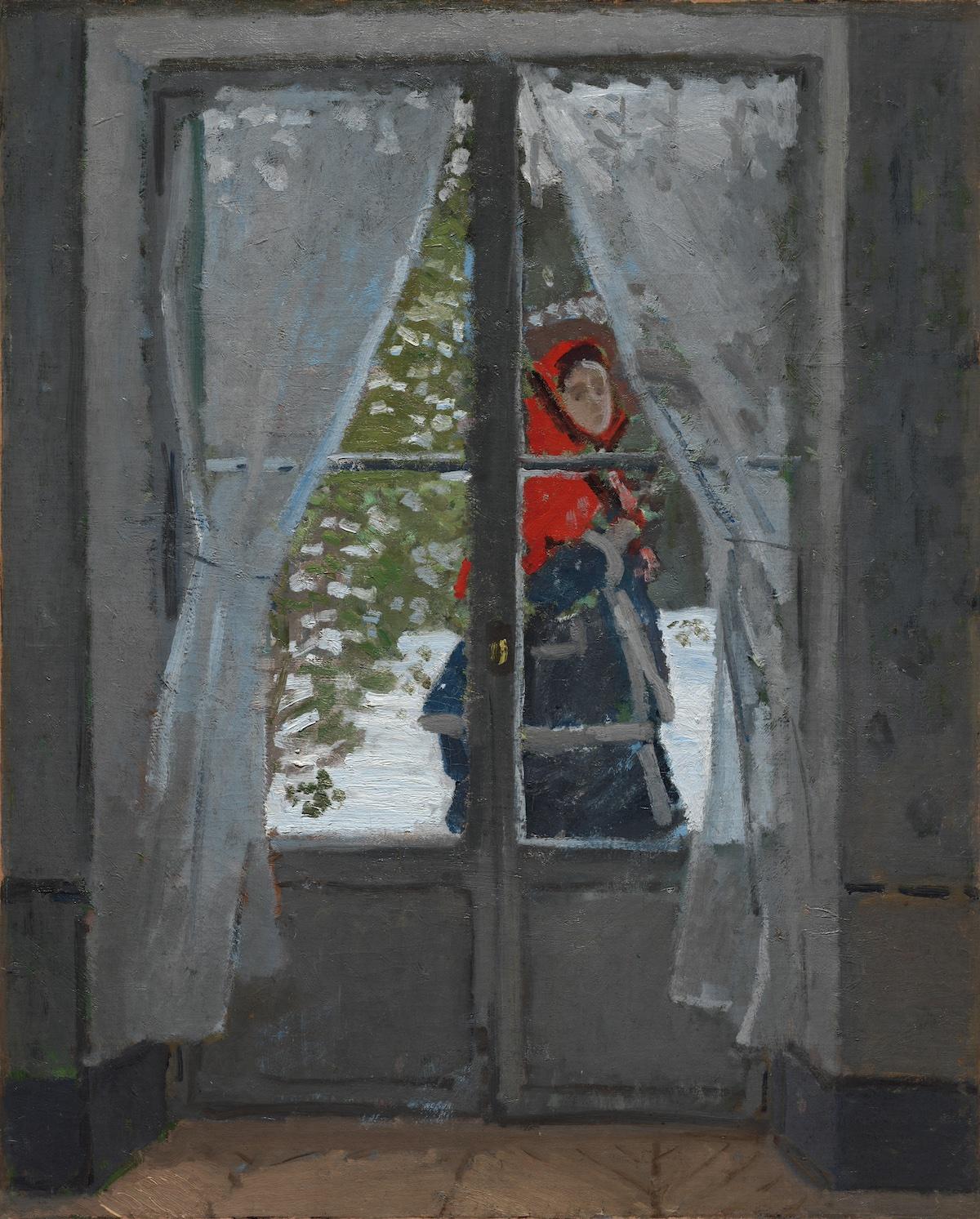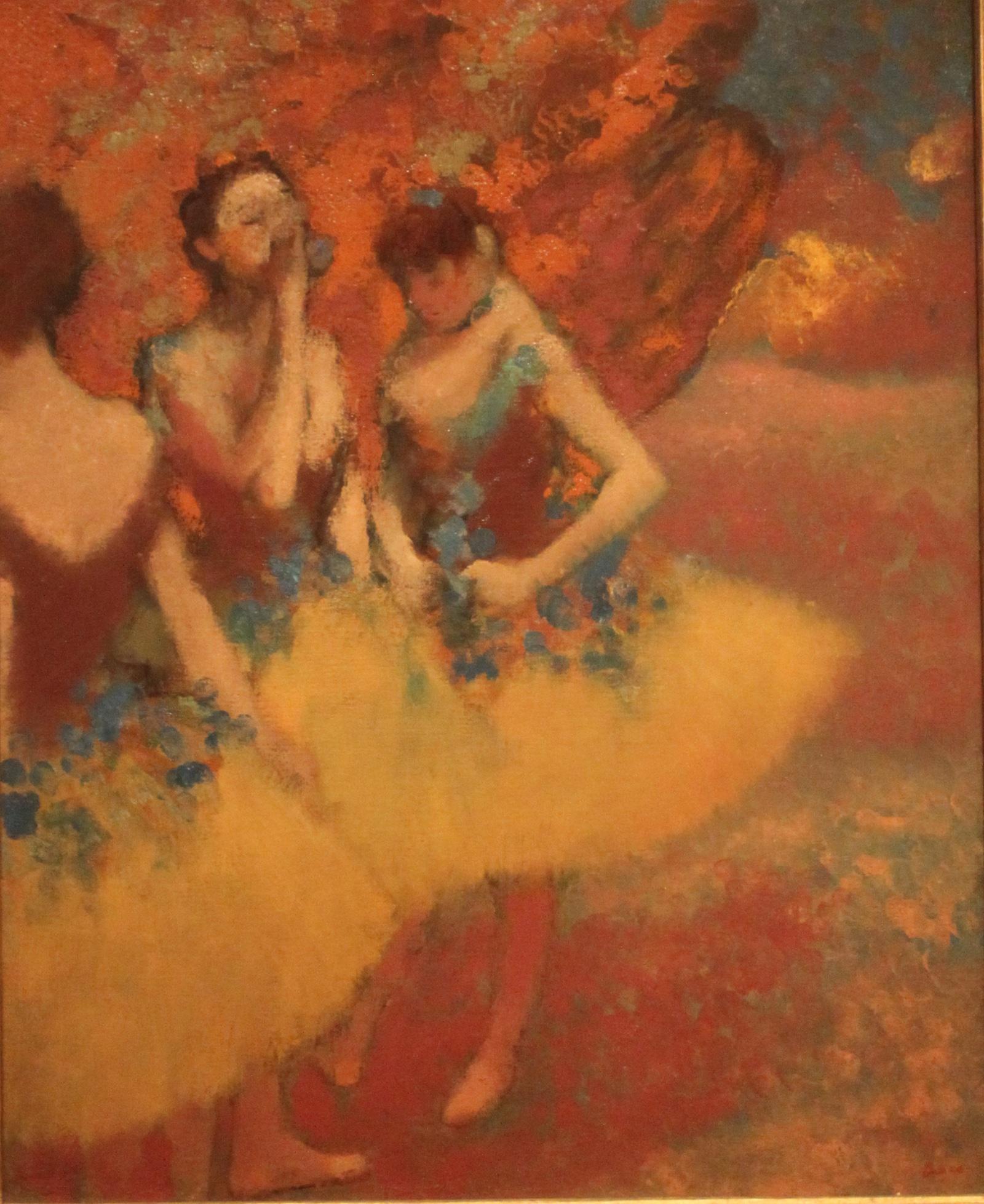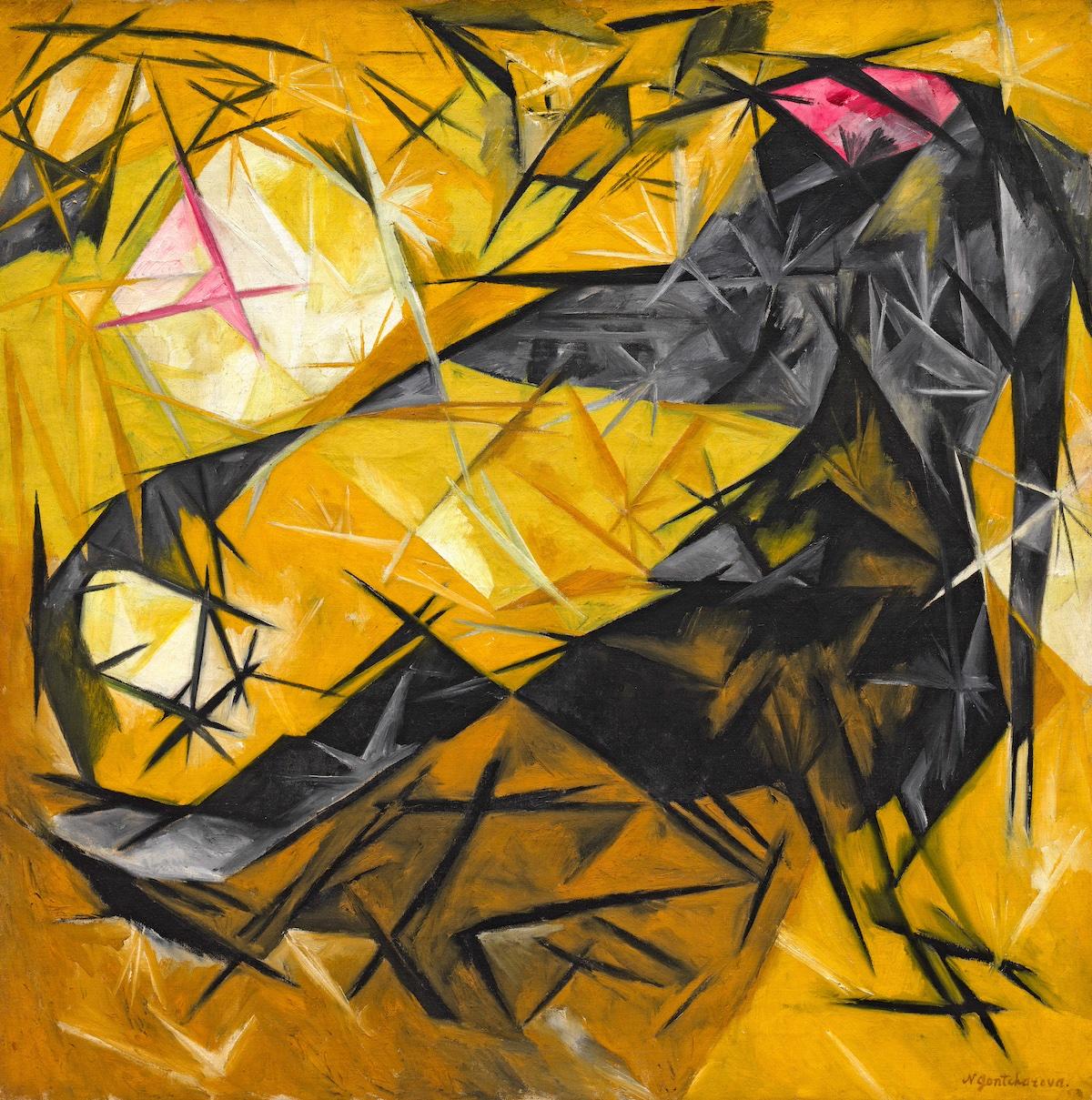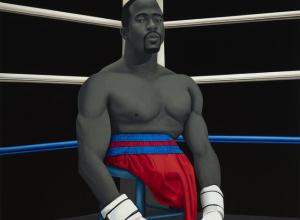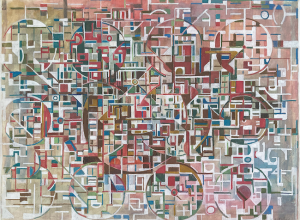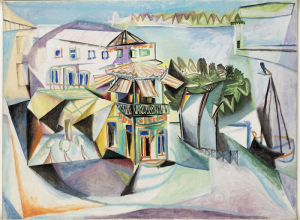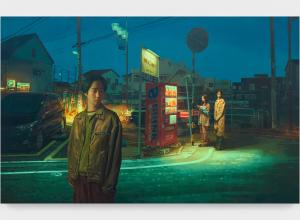Studies have shown that red produces some of the strongest physiological and psychological responses. The bold vibrancy attracts our attention first and foremost, before any other color, and has been shown to give us energy, confidence, and passion.
It’s not a coincidence that red can often be found in commercial advertisements for luxury items, such as sports cars. The fiery shade draws the viewer's gaze to the automobile, leading us to associate it with a feeling of power and confidence.




